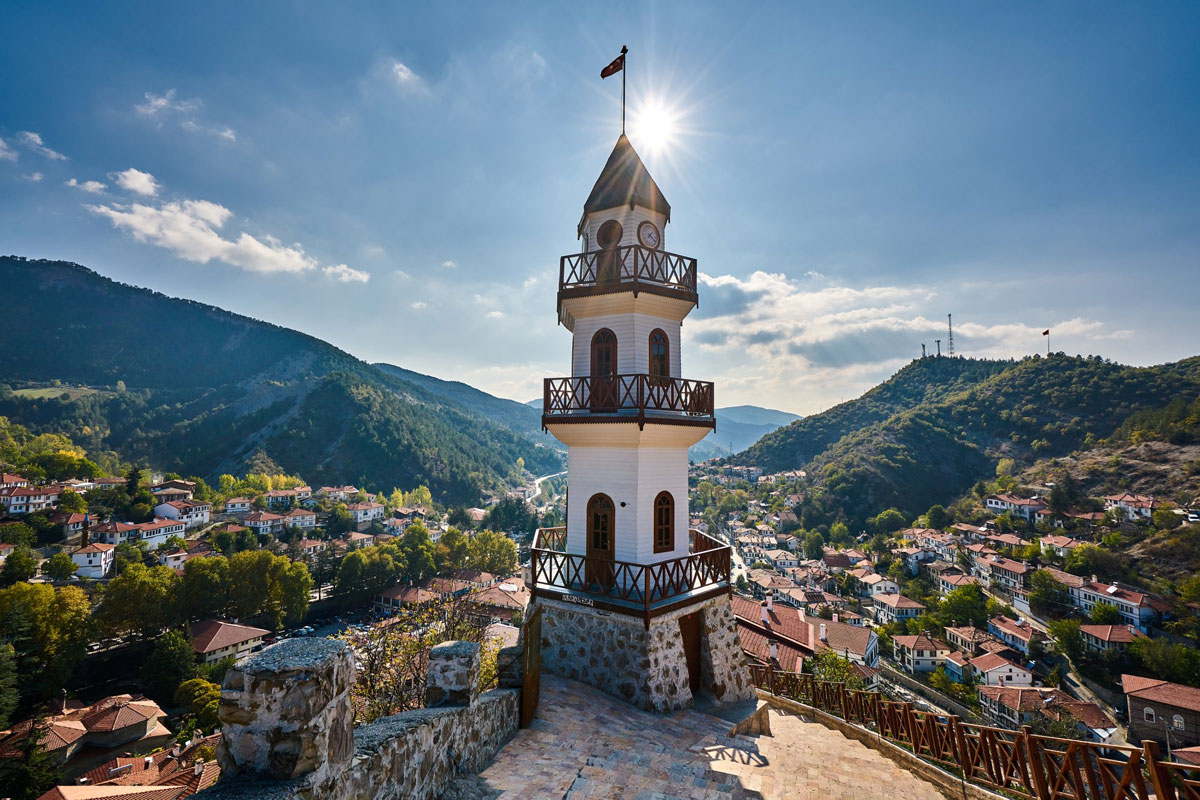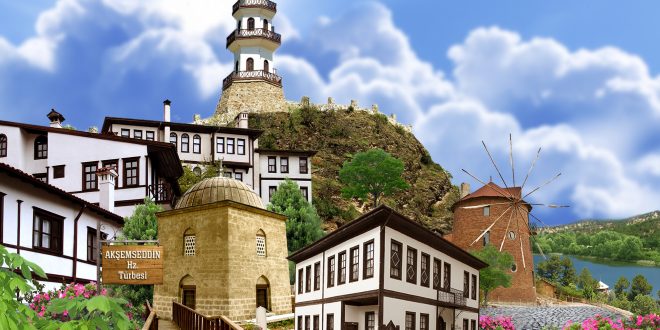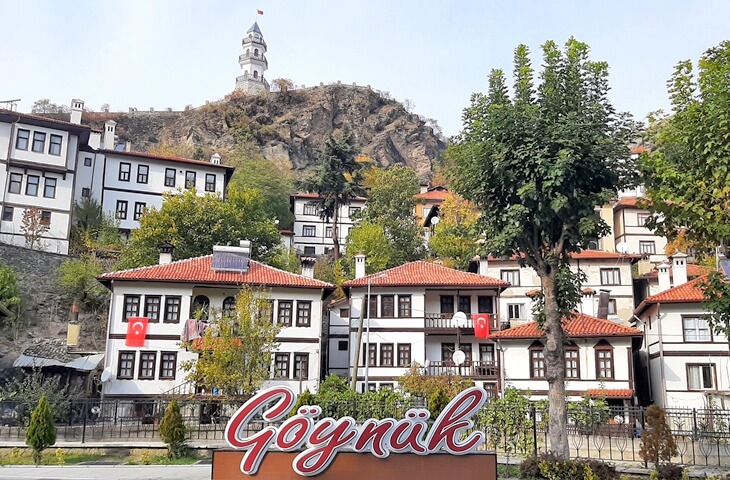Göynük
Göynük is a district located in the southwestern part of Bolu province, containing seven neighborhoods and sixty-six villages, famous for its 'sugar beans', 'uğut marmalade', 'buckled covers' and 'wood carving works'. The district, which is rich in old Turkish houses from the beginning of the 20th century, has been declared an "Urban Protected Area" due to its 137 historical houses, 21 mosques, tombs, fountains, baths, towers and graveyards, including a total of 158 civil architectural works. The district also has a historical mosque, bathhouse and mansion built by Gazi Suleyman Pasha in the 14th century. It is thought that the first people to settle in the Bolu region were the Bebriks. This region, thought to be known as Bebrikya, was discovered in B.C. After the 8th century, Bithynians coming from the west settled there. The main settlements in this land called Bithynia were Kienos (later Prusias, today Konuralp) and Bithynion (today Bolu). In the period following Alexander's death, the independent Kingdom of Bithynia was established in the Bolu region. It is stated in history books that the Roman Military Road passed through Göynük, known as "Dadastan". The oldest known name of Göynük is "Koinon Gallicanon". The district is in the settlement area of Turkish principalities, Byzantine, Roman and Ottoman civilizations. Written works from the Byzantine period were found in the villages of Susuz, Kilciler, Narzanlar, Boyacılar and around these villages. There are also ruins of a church in Kilciler Village. There are historical artifacts and structures in the town that have survived until today.







Leave Your Comments